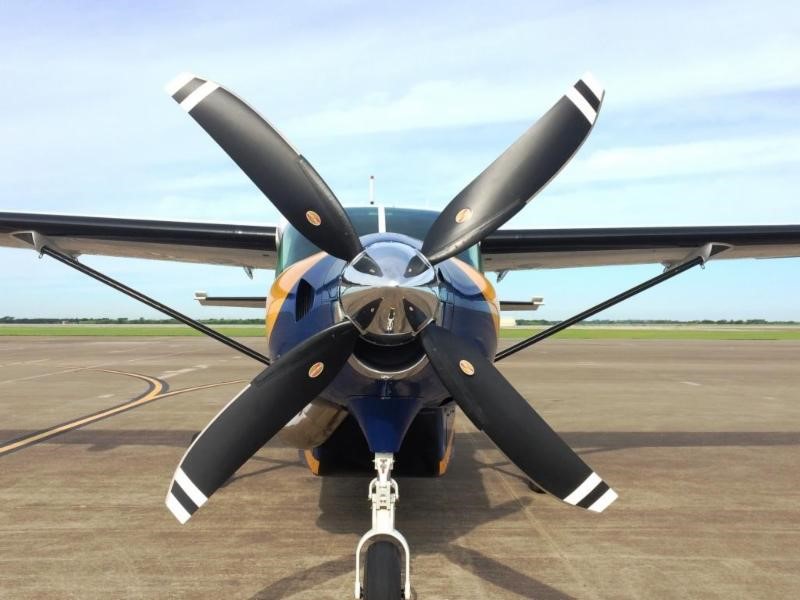
With runway incursion incidents and near accidents on the rise, preventing wrong surface operations has become a hot topic in aviation safety. According to the FAA, a wrong surface operation is defined as “an event where an aircraft lands or departs on the wrong runway or on a taxiway, or lands at the wrong airport.” Being on the wrong surface at the wrong time is highly dangerous and potentially deadly. The surface you accidentally choose could be closed, damaged, or otherwise unsuitable for a safe takeoff or landing, plus you face the risk of colliding with another aircraft or a vehicle.
Wrong surface operations can happen to pilots of all skill levels, at airports of any size. FAA data shows that last year alone, nearly 600 aircraft in the U.S. landed or almost landed on the wrong runway or wrong airport, and 85 percent of those wrong surface events involved general aviation aircraft. Therefore, it’s no surprise that the FAA recently made wrong surface operations one of its Top 5 Safety Issues. Here’s a look at some best practices to avoid wrong surface operations:
Maintain a sterile cockpit
Runway incursions often occur when the pilot isn’t paying attention. To prevent the risk of distraction, general aviation pilots should adhere to the “sterile cockpit” rule during critical stages of flight, including all ground operations. In a sterile cockpit environment, pilots refrain from performing any non-essential activities, such as engaging in unnecessary conversation with passengers, eating, or using extra digital gadgets like a mobile phone. Maintaining a sterile cockpit will help you stay focused on the task at hand and avoid dangerous distractions.
Practice situational awareness
Situational awareness is important during all phases of flight, but it can be particularly important during surface operations. When you’re at the airport, be aware of your location and the other aircraft or vehicles operating in the vicinity. Scan the runways constantly for traffic and be aware of how weather may affect visibility or surface conditions. Before any flight, be sure you’re as prepared as possible by studying the diagram of the intended destination airport and those of alternate airports and checking NOTAMs for any airport construction notices.
Facilitate clear communication
Communication with ATC should always be clear and to the point, especially when it concerns surface operations. Always make sure you read back all instructions from ATC, including runway assignments or takeoff and landing clearances, to ensure you don’t misunderstand or miss any critical information. Actively listen to the instructions you receive; never make assumptions or guesses. If you can’t hear part of the controller’s instructions or if your call sign isn’t included in the transmission, ask for clarification or request the transmission to be repeated. When in doubt about your approach or landing, perform a go-around and notify ATC.
Use caution at non-towered airports
When flying to or from a non-towered airport, it’s important to familiarize yourself with the airport and its procedures in advance. For example, is there a standard or recommended traffic pattern? Are there other types of operations around the airport, such as glider or parachuting? Study the airport diagram and use the Common Traffic Advisory Frequency (CTAF) or the Unicom frequency to monitor and transmit before taxiing, taking off, entering the traffic pattern, and landing. You can also ask your passengers to help you scan the runways and watch for traffic.
Wrong surface operations are prevalent, but they’re also preventable. By following the proper procedures, staying focused, and preparing for every flight, you can avoid the risk of being on the wrong surface at the wrong time.